ATLANTA—EPA Administrator Lisa Jackson announced on July 12 that her agency is giving $6.2 million to train unemployed people in poor neighborhoods in remediation, green building, and pollution reduction jobs. For example, “Lead, [and] asbestos remediation. That is a skill, a skill for which people pay handsomely,” said Jackson.
According to Jackson, the president says all the time that the top priority of the administration is to create good jobs for Americans. Green jobs, ones that protect people from pollution, ones that “leave your neighborhood cleaner and healthier, prove what we all know is true. We don’t have to choose between clean air and water and jobs.”
Jackson visited Atlanta to announce the 2011 national grant recipients because a local group won $300,000, the maximum individual grant.
Khari Hunt, chief of Family Economic Success Strategies for the grant winner Center for Working Families, said the grant money “braided together with other resources, will directly impact 40 families.”
Learning hazardous and solid waste remediation skills will not only allow people to make a living, but also bring homes up to modern environmental standards, he said. Better and cleaner neighborhoods will attract investment. Hunt called it “triple bang for the buck.”
Having the money to remediate a polluted home could be a barrier in poor neighborhoods. Atlanta Mayor Kasim Reed said the city had begun a dialogue with the state and federal government to try to identify unallocated funds to pay for remediation of polluted individual homes. Federal funds already cover remediation of officially designated brownfields, such as former industrial sites unfit for residential use.
Jackson called Reed a “visionary leader … ready for the next 100 years and beyond.” She said the work being done in Atlanta is not just about being green, but to “return to people the quality of life they deserve.”
She was referring to multiple projects.
Atlanta is developing a major system of parks from former rail lines in the city. The Beltline will connect neighborhoods and greatly increase both green space and transportation choices. It is a huge, multigenerational project, expected to transform the city.
On the Beltline, the Historic Fourth Ward (HFW), a downtown neighborhood afflicted both with poverty and floods, got a beautiful, groundbreaking park designed to handle the water problems. The government, businesses, and nonprofits collaborated to create the water-handling park, and the project saved the city millions it had planned to spend on an underground aqueduct to control the flooding. The park sparked new residential development and businesses.
Atlantic Station near Georgia Tech University was a barren brownfield, contaminated by a former steel mill. It was remediated and developed, and is now a destination rather than an eyesore.
The Environmental Workforce Development and Job Training Program has given $35 million in job training grants since 1998. According to a statement from the EPA, “6,683 individuals have been trained through the program, and more than 4,400 have been placed in full-time employment in the environmental field with an average starting hourly wage of $14.65.”
Governmental and private agencies in 20 states are getting money to train people in “cleanup of contaminated sites and in health and safety, while also providing training in other environmental skills, such as recycling center operator training, green building design, energy efficiency, weatherization, solar installation, construction and demolition debris recycling, emergency response, and native plant revegetation.”
After announcing the grants, Jackson visited the Southface Southeast Weatherization and Energy Efficiency Training (SWEET) Center, where the grant funded training will happen. A class was in session, learning about safe appliance venting and how to test for indoor air quality after tight weatherization. Students were learning how to use equipment to be sure heaters were vented properly and how to test for carbon monoxide, and other skills.
The center is in an old laundry with brick walls, remodeled with green techniques, of course.
Southface is a LEED Platinum-certified Eco Office, designed to use 84 percent less water than a conventional office. It has a living roof, planted with sedum, and a cistern for rainwater.
Outside the building, Jackson watched closely as teacher Benson A. Johnson demonstrated the way to weatherize a house, applying foam to a sample board to seal air leaks.
According to Jackson, the president says all the time that the top priority of the administration is to create good jobs for Americans. Green jobs, ones that protect people from pollution, ones that “leave your neighborhood cleaner and healthier, prove what we all know is true. We don’t have to choose between clean air and water and jobs.”
Jackson visited Atlanta to announce the 2011 national grant recipients because a local group won $300,000, the maximum individual grant.
Khari Hunt, chief of Family Economic Success Strategies for the grant winner Center for Working Families, said the grant money “braided together with other resources, will directly impact 40 families.”
Learning hazardous and solid waste remediation skills will not only allow people to make a living, but also bring homes up to modern environmental standards, he said. Better and cleaner neighborhoods will attract investment. Hunt called it “triple bang for the buck.”
Having the money to remediate a polluted home could be a barrier in poor neighborhoods. Atlanta Mayor Kasim Reed said the city had begun a dialogue with the state and federal government to try to identify unallocated funds to pay for remediation of polluted individual homes. Federal funds already cover remediation of officially designated brownfields, such as former industrial sites unfit for residential use.
Jackson called Reed a “visionary leader … ready for the next 100 years and beyond.” She said the work being done in Atlanta is not just about being green, but to “return to people the quality of life they deserve.”
She was referring to multiple projects.
Atlanta is developing a major system of parks from former rail lines in the city. The Beltline will connect neighborhoods and greatly increase both green space and transportation choices. It is a huge, multigenerational project, expected to transform the city.
On the Beltline, the Historic Fourth Ward (HFW), a downtown neighborhood afflicted both with poverty and floods, got a beautiful, groundbreaking park designed to handle the water problems. The government, businesses, and nonprofits collaborated to create the water-handling park, and the project saved the city millions it had planned to spend on an underground aqueduct to control the flooding. The park sparked new residential development and businesses.
Atlantic Station near Georgia Tech University was a barren brownfield, contaminated by a former steel mill. It was remediated and developed, and is now a destination rather than an eyesore.
The Environmental Workforce Development and Job Training Program has given $35 million in job training grants since 1998. According to a statement from the EPA, “6,683 individuals have been trained through the program, and more than 4,400 have been placed in full-time employment in the environmental field with an average starting hourly wage of $14.65.”
Governmental and private agencies in 20 states are getting money to train people in “cleanup of contaminated sites and in health and safety, while also providing training in other environmental skills, such as recycling center operator training, green building design, energy efficiency, weatherization, solar installation, construction and demolition debris recycling, emergency response, and native plant revegetation.”
After announcing the grants, Jackson visited the Southface Southeast Weatherization and Energy Efficiency Training (SWEET) Center, where the grant funded training will happen. A class was in session, learning about safe appliance venting and how to test for indoor air quality after tight weatherization. Students were learning how to use equipment to be sure heaters were vented properly and how to test for carbon monoxide, and other skills.
The center is in an old laundry with brick walls, remodeled with green techniques, of course.
Southface is a LEED Platinum-certified Eco Office, designed to use 84 percent less water than a conventional office. It has a living roof, planted with sedum, and a cistern for rainwater.
Outside the building, Jackson watched closely as teacher Benson A. Johnson demonstrated the way to weatherize a house, applying foam to a sample board to seal air leaks.
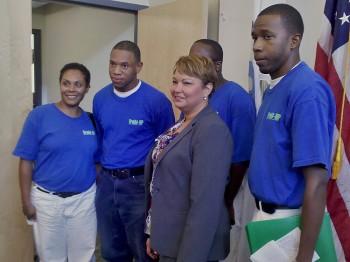

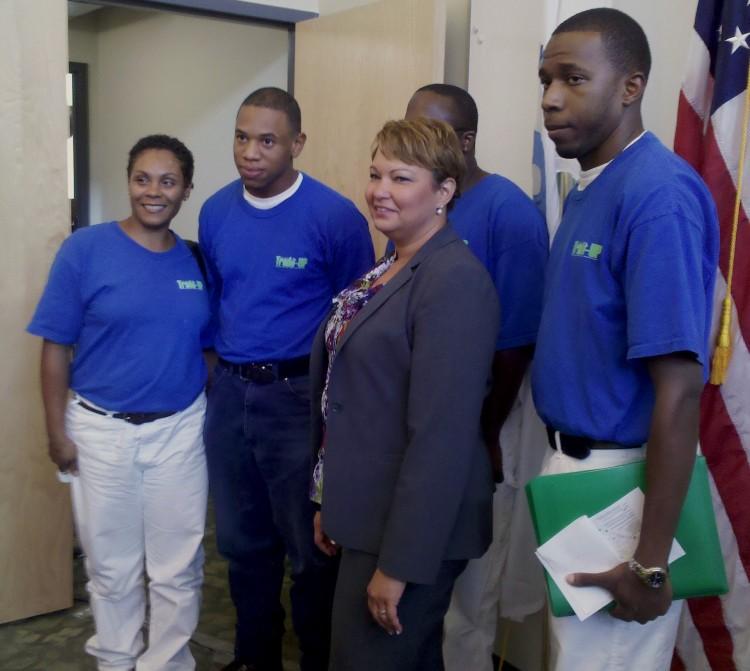
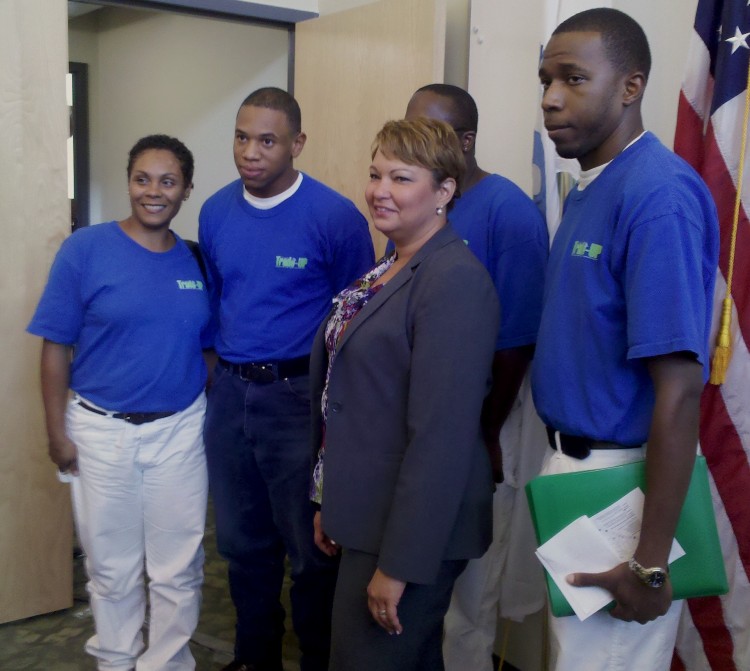
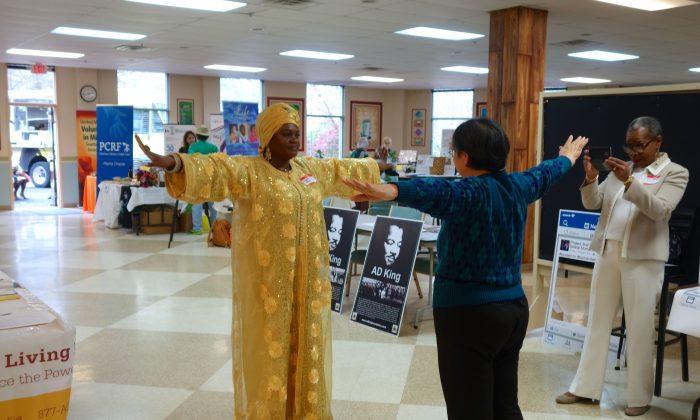
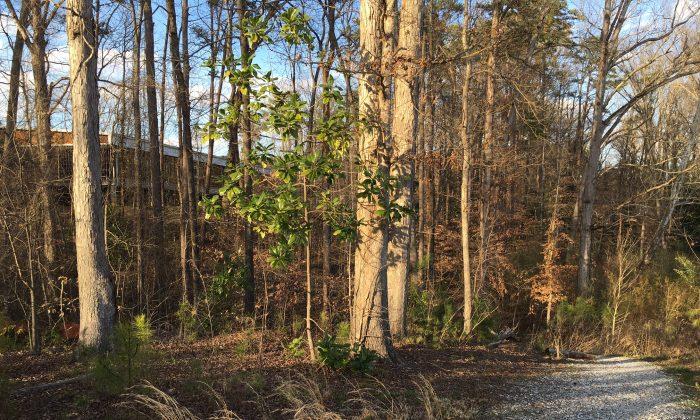

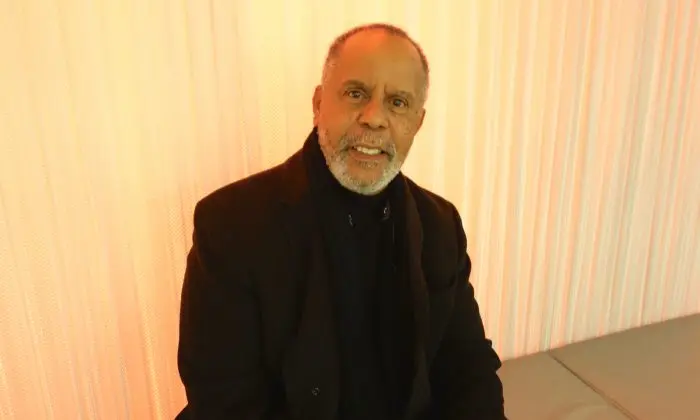
Friends Read Free